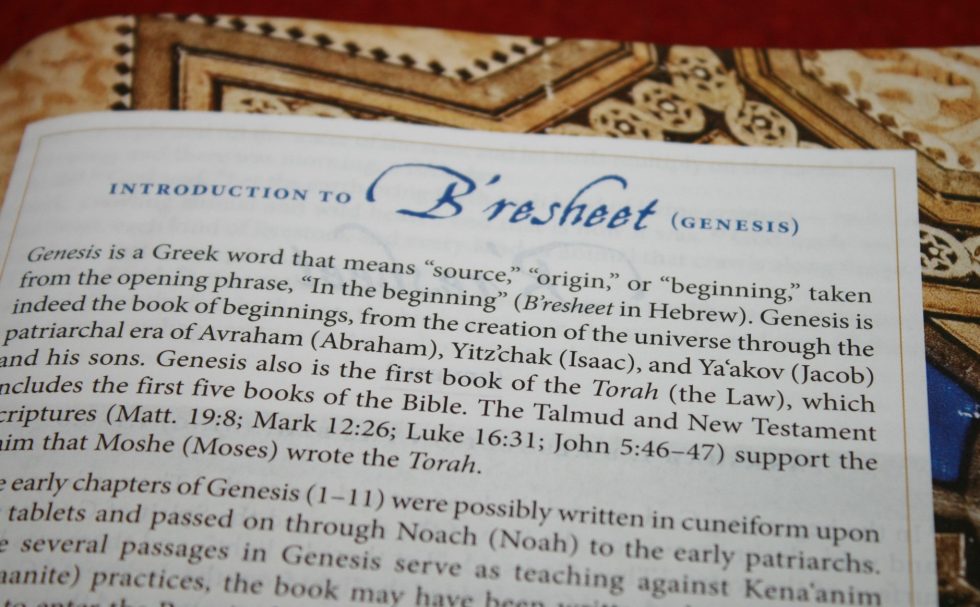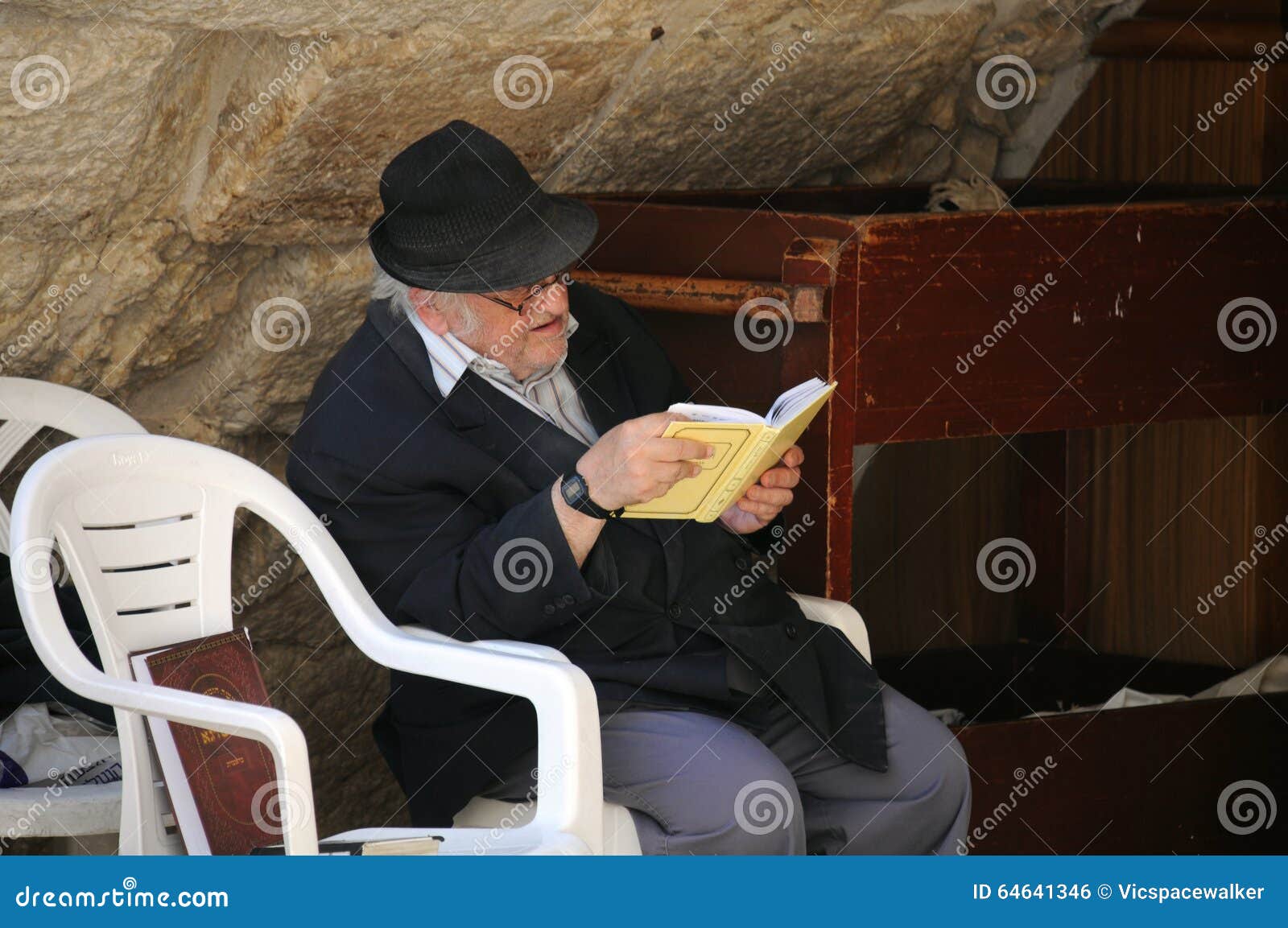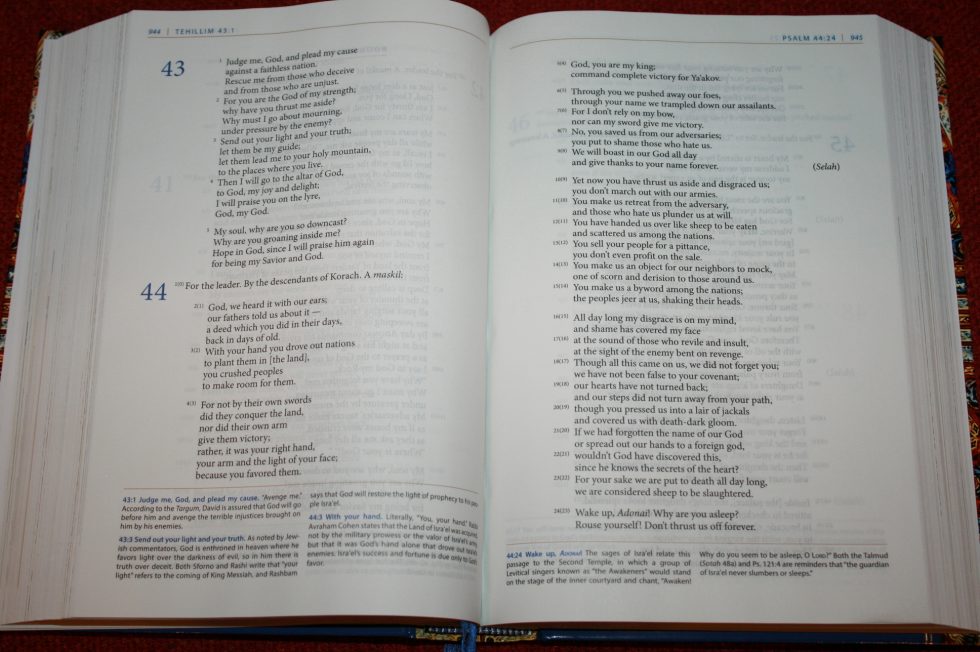

The authoritative form of the modern Hebrew Bible used in Rabbinic Judaism is the Masoretic Text (7th to 10th century CE), which consists of 24 books, divided into pesuqim (verses). The current edition of the Masoretic Text is mostly in Biblical Hebrew, with a few passages in Biblical Aramaic (in the books of Daniel and Ezra, and the verse Jeremiah 10:11). The terms "Hebrew Bible" or "Hebrew Canon" are frequently confused with the Masoretic Text however, this is a medieval version and one of several texts considered authoritative by different types of Judaism throughout history. Different branches of Judaism and Samaritanism have maintained different versions of the canon, including the 3rd-century Septuagint text used in Second Temple Judaism, the Syriac Peshitta, the Samaritan Pentateuch, the Dead Sea Scrolls, and most recently the 10th-century medieval Masoretic Text compiled by the Masoretes, currently used in Rabbinic Judaism.

Check out her books at for clean books in most genres, great for adults and kids.The Hebrew Bible or Tanakh ( / t ɑː ˈ n ɑː x/ Hebrew: תָּנָ״ךְ Tānāḵ), also known in Hebrew as Miqra ( / m iː ˈ k r ɑː/ Hebrew: מִקְרָא Mīqrāʾ ), is the canonical collection of Hebrew scriptures, including the Torah, the Nevi'im, and the Ketuvim. More than 1500 of her works have been featured in various publications. Hope Bolinger is an acquisitions editor at End Game Press, and the author of almost 30 books. We can be aware of those passages when we enter a discussion with someone of the Jewish faith. If we read similar books, we can have a discussion with readers about what we’ve discovered in those books and open a dialogue.Ĭertain Jewish Bibles do not contain sections of books such as Esther and Daniel.

Why should Christians care about how Jewish readers divide the Old Testament?įirst, it allows us to see where we have common ground. Think of the subsections above as the way we subdivide books in the Bible into categories like minor prophets and major prophets. Trei Asar or “The Twelve” refers to the 12 minor prophets, often lumped into one section in Jewish Bibles.Īlthough we have these subsections, the Jewish Bible typically sticks to the three main sections: Torah, Nevi’im, Ketuvim. These are the five shortest books in the Ketuvim, linked to Jewish festivals and observances. Megillot or “ The Five” refers to the books Song of Solomon, Ruth, Lamentations, Ecclesiastes, and Esther. The Got Questions article linked above mentions a few other subsections. However, we do have to keep in mind this is a highly debated subject, and Jewish scholars differ on reasonings for the different classifications of the sections. that the Jews do not consider to be canonical. This article, for instance, mentions that in Christian Bibles, we have some more material for certain books such as Esther and Daniel, etc. We have to keep in mind that we will see differences in structure and even some of the content in the Tanakh versus the Old Testament. For instance, Joshua doesn’t appear to have much prophecy, but Daniel does (Daniel is included in the Writings: the Ketuvim). It may seem odd to Christian readers that some books made the cut of the “prophets” section and others didn’t. The name “Torah” means law, alluding to the fact that a good portion of the Pentateuch deals with the laws by which the Israelites abided during the time of Moses and afterward. They cover a vast expanse of time and history from the creation of the world to the death of Moses, one of Israel’s beloved leaders. Same as our Old Testament, the first five books of the Bible (the Pentateuch) make up the section known as The Torah:Īs mentioned in this article, most scholars (Christian and Jewish) typically attribute the authorship of these five books to Moses, who wrote them sometime between 1525-1406 BC. The article will also mention a few other subdivisions, addressed in the Got Questions article above. Although we divide ours into sections such as the law, historical books, wisdom literature, etc., Jewish readers have three main categories they divide their Bible into: the law, the writings, and the prophets. The Jewish Bible, otherwise known as the Tanakh makes up what we as Christians know as the Old Testament.Īlthough Jewish readers have the same books in their Bible as we do in our Old Testament, they have a different way of classifying the different sections.


 0 kommentar(er)
0 kommentar(er)
